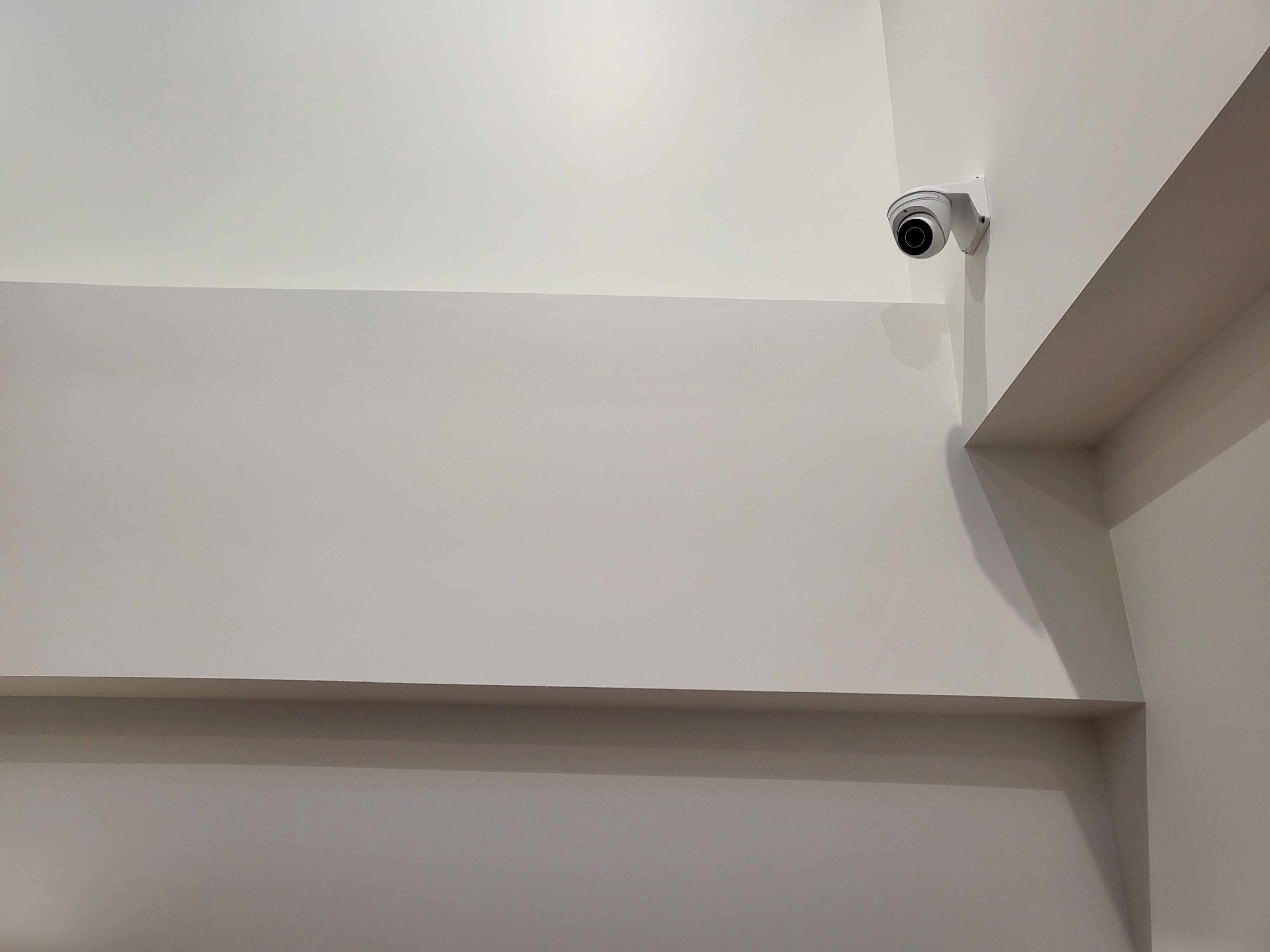Best locations to install different cameras
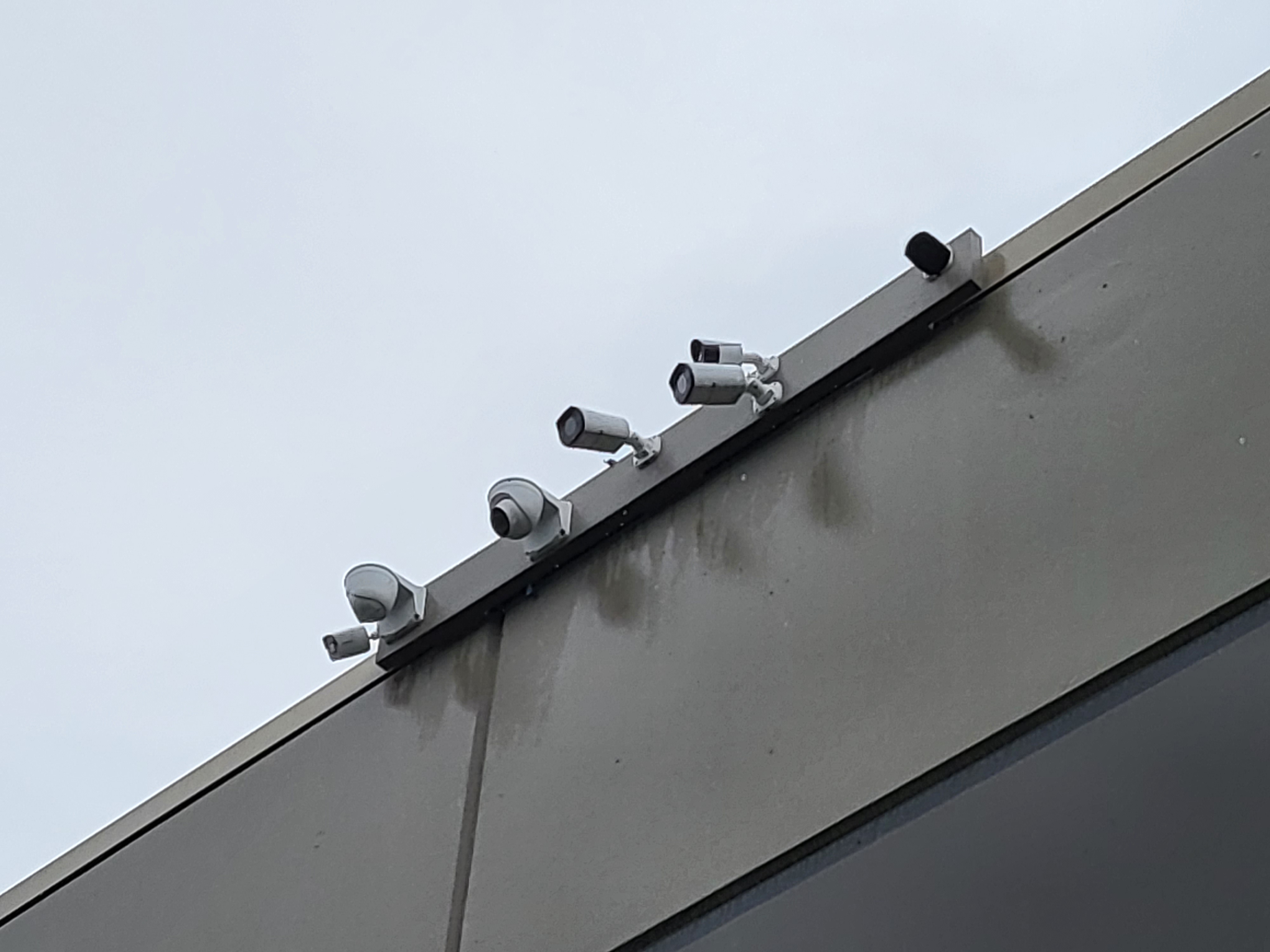
While deciding on where to install your cameras, there are several questions that you’ll want to ask to ensure you get the right camera in the right place. What area needs to be covered? What high up vantage points have the best view of the area? Is there a flush surface to mount to there, and if not will I need a junction box or a pole mount? Where will the cabling need to lead to; through a wall, across a gap, down a pole? Do I need the camera to move, or will one viewing angle suffice? Will this area need to be monitored at night as well? Will a low-resolution general image of the area be sufficient, or will I need a more detailed view for whatever desired purpose?
There are few general rules when it comes to installing security cameras. Here’s a list:
- Cameras should be placed around 10 feet off the ground to gain a wider view of the recording area. This also helps to protect against accidental damage and vandals.
- To prolong the life of the camera, choose an outdoor location protected from the elements and out of direct sunlight. Under the eaves of a house or building overhang is an ideal location.
- Carefully plan the route for the Cat5e/Cat6 from the camera to the back of the recorder in advance. Depending on setup, it may be necessary to drill through walls, run cables through an attic or crawlspace, or to tuck cables under siding.
- Avoid pointing cameras towards the sun, bright lights, or highly reflective surfaces.
- For best nighttime video performance, avoid pointing cameras at reflective surfaces or at objects close to the camera. This will cause IR light to reflect into the lens and result in unusable video.
Things to take note:
- To start off, you’re going to want to be aware of the camera’s accessibility. Security cameras should almost always be installed out of reach of passerby’s, which is why they are usually installed fairly high up. This is done for two reasons: one, to prevent easy access for vandalism and theft from the general public, and two, to get a better view of the area.
- If the camera is being installed outdoors, you’ll want to make an effort to find a place that is also protected from the elements as much as is possible. Rain, hail, snow, wind, sunlight, temperature are all factors you’re going to want to consider. For instance, if you’re installing a turret camera hanging from a pendulum mount off the side of a building, make sure that the camera won’t be pointing directly at a sunrise or sunset. Be aware of what the camera is going to be looking at and where inclement weather will come from. It is totally feasible to install a camera hanging off the side of the building in the open, but if that's the same direction that snow usually hits the building you may find issues down the line with the lifespan of the camera.
- If you’re looking for crisp nighttime views, avoid pointing the cameras toward light sources or reflective surfaces. It’s often best to have cameras facing in a downward angle to avoid sudden lens glares from headlights. If your camera is monitoring a parking lot, you’ll want the viewing angle to be extra high.
- Junction boxes are put in place to ensure that the camera is installed securely and correctly, as well as giving techs the ability to grab the camera feed directly from the camera when setting them up or when the camera requires troubleshooting. With every kind of junction box you’ll get a guaranteed flush surface mount, which is adamant for outside cams in terms of weatherproofing. Junction boxes come in many different shapes and sizes, each often having their own specific use case, such as a pole mount.
- It is also completely feasible to mount a camera directly to a surface (which is typical for cameras installed indoors), you’ll just want to ensure that the surface is completely flat in order to get a flush surface installation. The last thing you want is excess fluid from rain or morning dew, or insects for that matter, seeping in the opening for the wires into the inner workings of the camera. Mounting a camera to a piece of wood for instance is almost always not recommended as the bumps and curves tend to leave the camera open to the elements, not to mention you run the risk of water seeping through the wood itself if the wood doesn’t have a finish.
Surveillance cameras come in a few different types of enclosures. Choosing the best camera for the area of desired coverage is not as easy as you may think. Things like “Field of View” or “Wide Dynamic Range” are camera features to consider. Also, the physical location of where it is to be installed is a deciding factor. Below are some examples to hopefully help you to make an educated decision when choosing cameras.
Camera Features to Consider:
Field of View is the degree angle that a camera can detect with its lens. If the camera is pointed down a hallway, 90° of viewing should be just fine. If you’re looking to cover a whole room like the example below, you might need a wider viewing angle to be able to cover the entirety of the space.
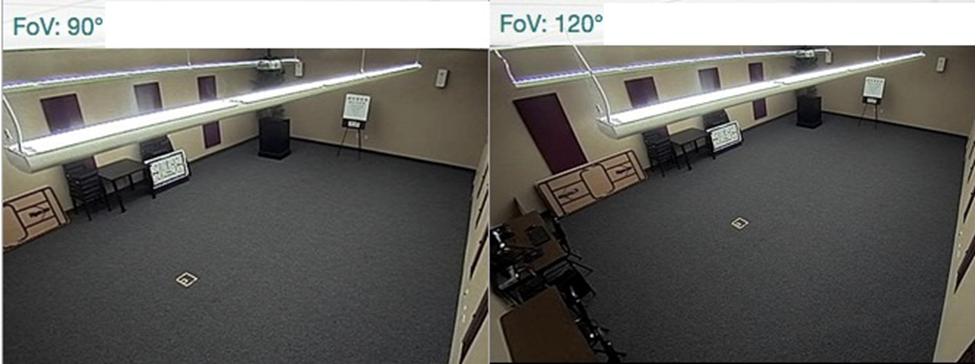
Wide Dynamic Range is the ability to compensate for various lighting conditions. You’ll want to be aware of the contrast of light sources in what your camera is looking at. Such as in the picture below, the camera is required to see what’s going on in the dark parking complex and what is out front in direct sunlight.
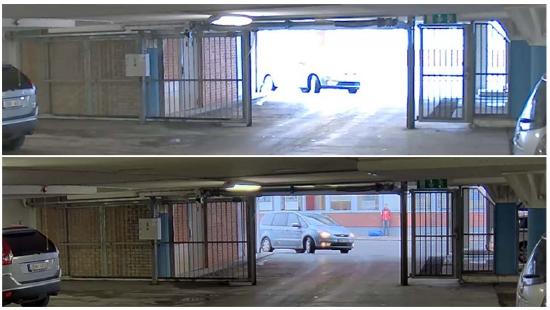
Infrared Lighting is the driving force behind cameras’ ability to see at night. Infrared is invisible to the naked eye, but cameras can see that infrared light just fine. You’ll want to be aware of how far out the camera is going to need to see at night, since infrared distances can vary.
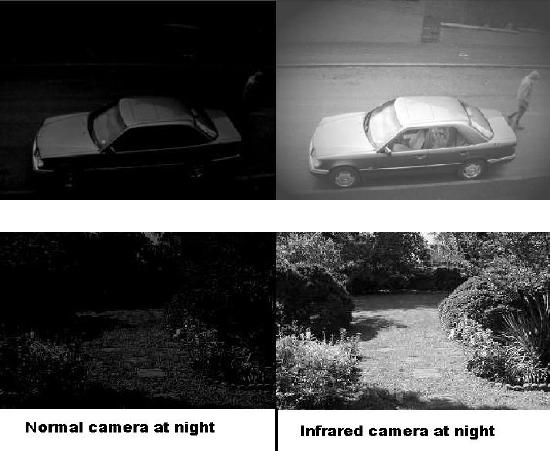
Camera Types
Dome
Dome Cameras are the bread and butter of security cameras. They’re sturdy, reliable, and come in all different sizes and resolutions. OpenEye currently offers six different types of dome cameras, ranging from 2MP to 8MP. Overall, these types of cameras tend to be less intrusive, which many see as a major benefit. Since it’s difficult to tell where the camera is looking, most passerby’s won’t be able to tell there’s a camera looking at them. Thanks to the versatility of dome cameras available, they can be installed almost anywhere. Indoor or outdoor, in an office or in a parking lot, you’ll find dome cameras in many different places.
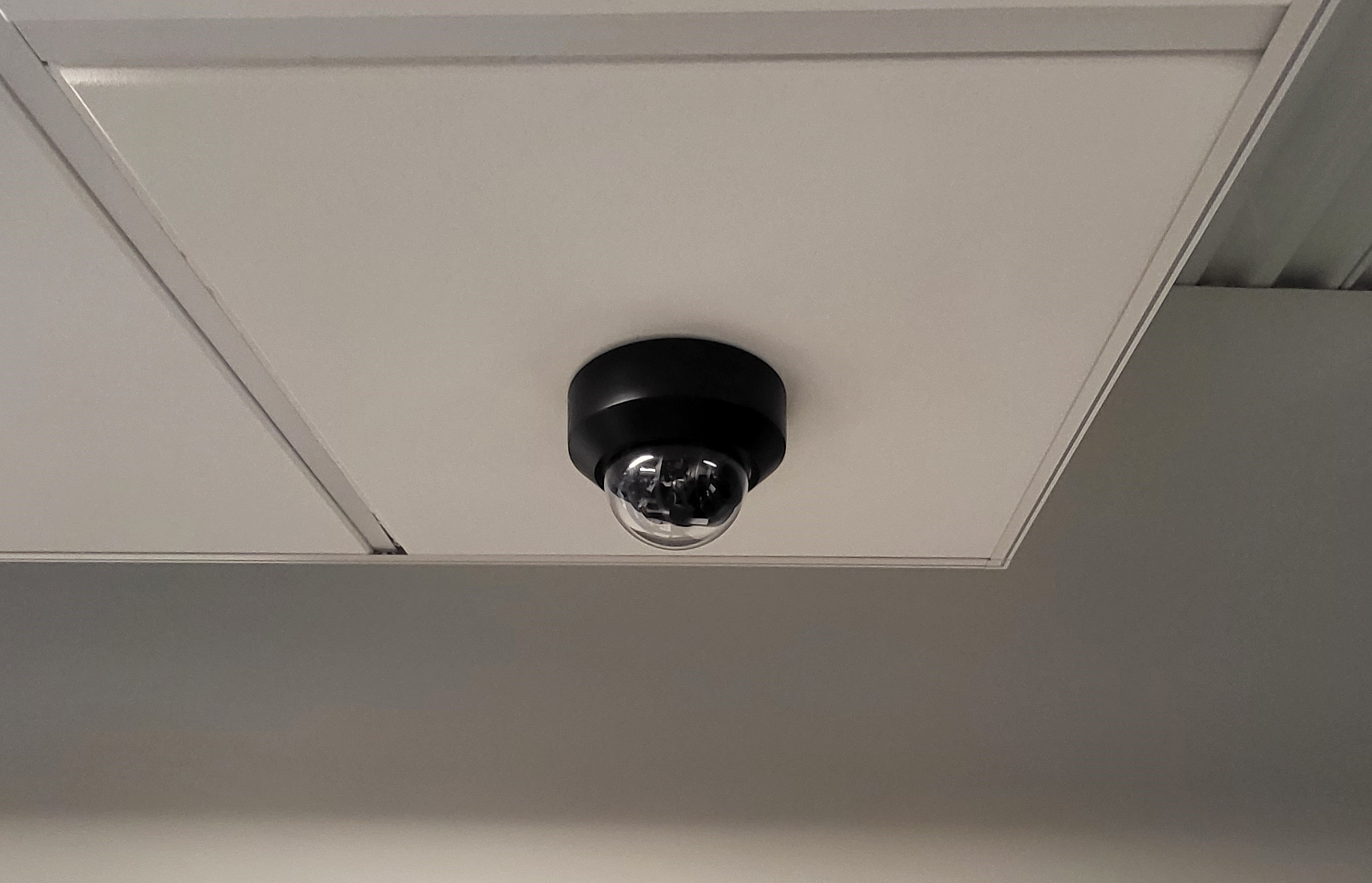
Fisheye
Fisheye cameras when used for their intended use case offer some fantastic tools for monitoring. The raw footage is a fisheye view that can be manipulated and de-warped to fit different use-cases. For instance, if you have a fisheye cam at the intersection of 4 hallways, you can setup 4 different interactive views each pointing down a different hallway, all from one cam. Alternatively, one can use the panorama dewarping features to get a clear picture of everything the camera is seeing in a single palatable view. These cameras are often placed indoors where viewing distance isn’t as much of a concern. One of the major advantages of these cameras is covering a single large area with one camera in the center rather than multiple cameras around the perimeter.

Bullet
Bullet cameras are kind of the opposite end of the spectrum from dome cameras. People will know that they’re there, and they’ll know they’re being watched. One of the benefits of bullet cameras is that they typically have a longer range at night with more powerful IR emitters. These cameras are typically installed outdoors, although indoor models are available as well. They are also often installed in areas where installing a dome camera would be difficult, either because it’s so high up or the surface area available for mounting is smaller.
.jpg?revision=1)
Turret
Turret cameras are the NOC’s weapon of choice. They’re big, they’re remotely movable, and often come with powerful additions. These are typically installed in locations that are highly trafficked or in areas that need to be actively watched. They come in indoor and outdoor variants, and can be installed anywhere a dome can. Pendant mounts often accompany these cameras for a particular purpose; it gives the camera a better view of its surroundings and gives it a much smaller mount point, making its installation as versatile as the bullet camera.
